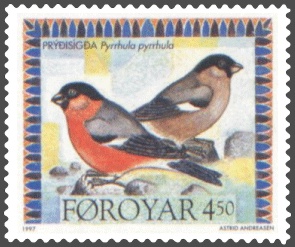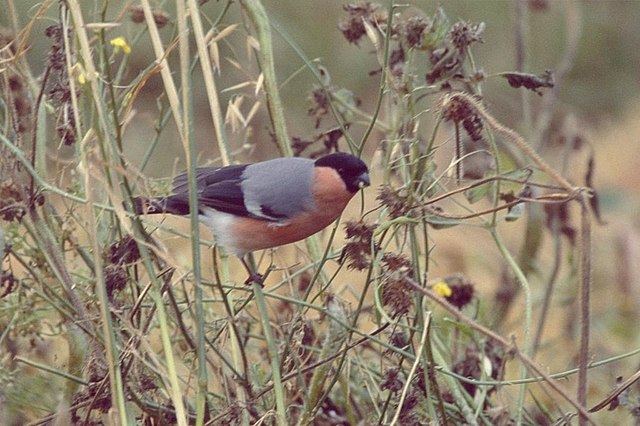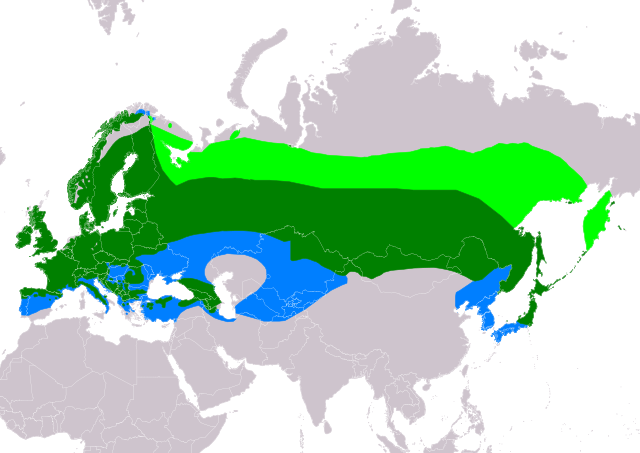
Do you already know this species? Click the arrows to check…















This genus contains about a dozen species of shrubs and small trees, each with fruits that can be used to make a lathering soap.
Clumps of this small mint can look almost unreal, like clusters of tiny geometric towers sprayed with dusty purple paint
A familiar weed of lawns, fields, roadsides, and gardens, this plant and its close relatives are the only species eaten by beautiful monarch butterflies.
These nearly ubiquitous, often evergreen vines are almost entirely edible outside of their berries. Try their tender tendrils. 😉
This black-white-and-grey bird points its slender bill downwards – or tilts it comically upwards – as it spirals face-first down tree trunks and round and round branches, searching for insects to devour
Known in some areas as a pest, the “rice bird” who feeds on rice and grains especially during migration, this New World Blackbird has unique coloration featuring a male with high-contrast white and cream on black.
This worldwide wetland grass can grow up to 20 feet (6 meters) tall and can cover a quarter of a square mile or more in one stand!
This WHITE little plant completely lacks chlorophyll and is often mistaken for a fungus or mushroom. In truth, it is a parasite of fungi that feed on tree roots, and is often found in the shade beneath beech or maple trees.